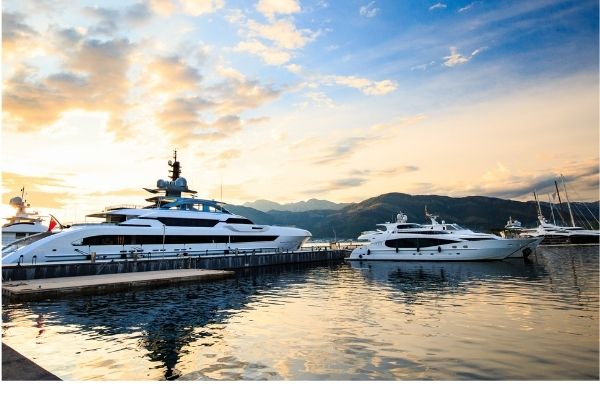Bringing a yacht to life

When contemplating buying a yacht, the design of the yacht and functionality are very important.
But what makes the yacht come ‘alive’ and singlehandedly can make or break a superyacht experience, is the crew. They are responsible for ensuring guests are being looked after to the highest standard, taking care of guests’ wishes often before they even thought of them themselves. The client master relationship is one of the key factors in the client enjoying the use of their yacht.
But crew are not just there to operate the yacht and cater to the guests. A very important part of their job is related to the safety of the yacht and her surroundings, her guests, crew and cargo and the protection of the maritime environment. But how many crew are needed to ensure that all safety aspects are met?
Safe manning guidelines were formalised in 1999 and they originate in various regulations including the Safety of Life at Sea Convention (SOLAS), Seafarer’s Training Certification and Watchkeeping (STCW) Code, IMO resolutions, several International Labour Organization (ILO) conventions, Maritime Labour Convention ‘06 (MLC) guidelines, World Health Organization (WHO) circulars, and national laws.
The underlying principle in all of these rules is to establish the minimum number of crew on board and at what level of qualification, to safely operate the yacht.
Safe manning standards are not uniform, they are set by the flag state which is the country in which the yacht is registered and vary per the yachts’ length, power, type and distance to safe haven. Each individual commercially operating yacht will be assessed by the flag state and a safe manning certificate will be issued, outlining the minimum number of crew required on board.
It is mandatory to adhere to these requirements at all times, even if only occasional chartering is undertaken. For private yachts, most registries only recommend that yachts should be compliant to commercial safe manning requirements (UK being a notable exception), but owners need to perform their own safe manning assessment which should be in line with minimum safe manning assessments from the flag state.
It is useful to keep this in mind, crew are probably the largest monthly cost centre and annual crew salaries tend to be 1 – 2 million Euros for a medium-sized yacht.
From an operations perspective, making a decision early on whether to operate a yacht privately or commercially will save money and time. Over the past 20 years the maritime industry has come a long way in ensuring that both the crew and the environment are better protected and this is particularly enforced for commercial yachts through a set of regulations.
An example of this is the International Safety Management (ISM) code and applies to all commercially operating yachts over 500 gross tonnes. It establishes safety objectives and requires a Safety Management System (SMS) to be implemented on board which should be regularly audited to ensure compliance.
Commercially operating yachts under 500gt but over 24m loadline require the implementation of a Mini-ISM.
Implementing the SMS on board takes time and is an ongoing expense as the involvement of a technical manager ashore is required.
A more recent implementation was the Maritime Labour Convention (MLC) code which is an international agreement which sets out seafarers’ rights to decent conditions of work. It states the minimum requirements on nearly all aspects of working and living conditions for crew, including hours of work and rest, living conditions, annual leave, payment of wages, food and catering, health and safety and medical care. It has given crew a framework to voice concerns, which they can make to the flag state. Commercial yachts must adhere to the MLC code.
Particularly when commissioning a new build, both the ISM and MLC code should be taken into account as having to make alterations afterwards, to ensure compliance, can be expensive. Older second hand yachts may be able to obtain exemptions (i.e. living conditions) on some aspects of the MLC code.
Obtaining appropriate advice on manning and operations early on is recommended as these are considerable annual cost centres to be aware of.
If you have any questions on the above topics, please contact David Shefford.

